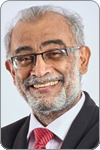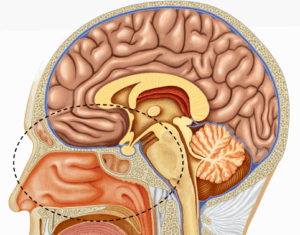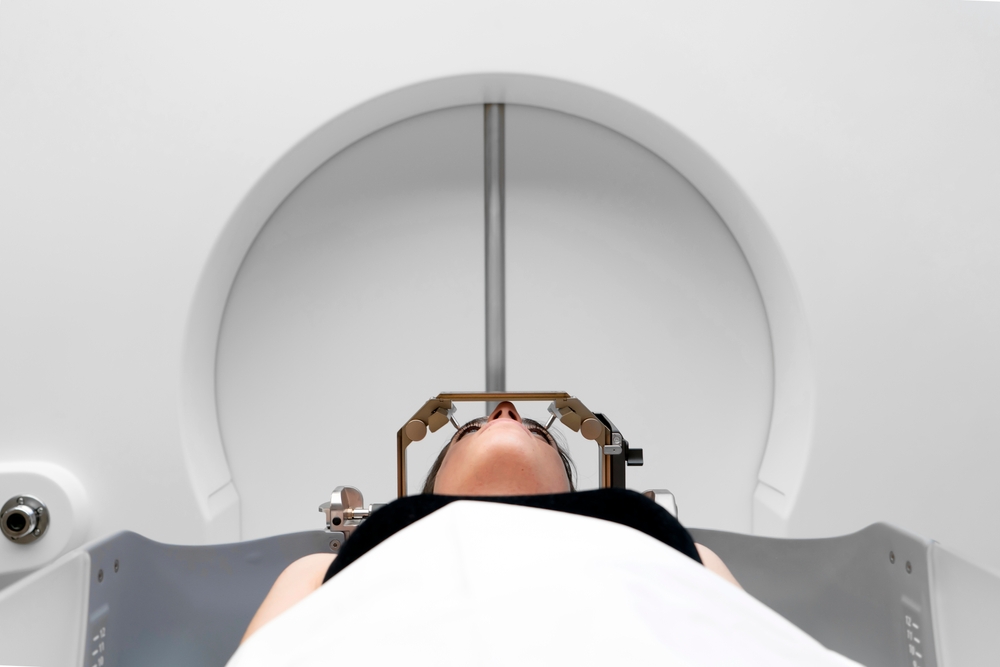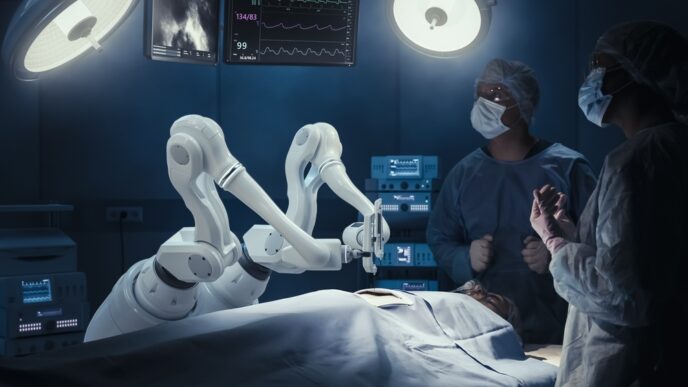Endonasal endosopic approach (EEA) is a method to surgically remove lesions, tumours and other abnormal growths in the anterior and central skull base that can be accessed through the nostrils. This area includes the region between the base of our spine and the base of our skull including the nasal cavity, the air spaces or sinuses in our skull and the base of our brain.
WORDS LIM TECK CHOON
 FEATURED EXPERT FEATURED EXPERTPROFESSOR DATO’ DR BALWANT SINGH GENDEH Senior Consultant Ear, Nose, and Throat (ENT) Surgeon Pantai Hospital Kuala Lumpur |
Before EEA was developed, craniotomy was the main surgical method used to operate on growths and tumours in the anterior and central skull base.
- Craniotomy involves removing a portion of the skull to access the brain, typically performed to treat conditions such as brain tumours, bleeding, or aneurysms.
- It is a surgical procedure used to treat critical brain injuries and remove brain tumours.
However, this procedure involves removing a bone flap of the skull, so that surgical instruments can be moved through normal brain tissue to the source of the problem.

For tumours and lesions in the anterior and central skull base region, there is quite a distance to cover (see the image above), so the patient faces a risk of brain tissue injury.
On the other hand, EEA takes a more direct route straight to the source of the problem (through a nostril) without going through normal brain tissue.
Therefore, it carries less risk of injury to or bleeding in healthy brain tissue.
WHAT IS EEA?
Professor Dato’ Dr Balwant Singh Gendeh explains to us that:
- The endoscopic endonasal approach (EEA) procedure involves the use of a thin, flexible tube-like instrument called the endoscope, with a light source and a camera affixed at its end.
- The endoscope is inserted through the nostril.
- Meanwhile, specialized surgical instruments will also be inserted through the nostril to perform the extraction of abnormal tissue.
That Sounds Painful?
Don’t worry!
Professor Dr Balwant assures us that the patient will be fully anaesthetized during the surgery.
Furthermore, the surgical suites used to perform EEA are equipped with sophisticated imaging technology to ensure that the surgery will be safe and effective, with minimal pain.
EEA Has Been in Use for More than 25 Years
EEA is not a new or untested procedure.
- Professor Dr Balwant shares that EEA was developed more than 25 years ago.
- EEA was offered as an option to patients in many medical establishments particularly in the US, with good results.
- Its benefits, safety profile and possible side effects are well recorded.
WHAT IS EEA USED FOR?
Professor Dr Balwant reveals that EEA can be useful in treating various health issues, including:
- Chronic sinusitis that occurs repeatedly (recurrent), or persists after
receiving medical treatment. - Nasal polyps, including antrochoanal polyps (those that occur in the
part of the nasal cavity called the maxillary sinus). - Sinus mucocoeles, a condition that sees cyst-like masses developing in the lining of the air spaces (sinuses) in our skull.
- Excision of benign as well as malignant tumours including pituitary
tumours and related structures. - Cerebrospinal fluid, the fluid that surrounds the brain, leaking out. If the leak is not closed,
the patient usually experiences a headache that worsens when they sit up, but improves when they lie down. - Enlarged swelling of the eye due to conditions such as Grave’s disease. If left untreated, the swollen eye can exert pressure on the nerve in the eye, possibly leading to worsening or even loss of eyesight.
Who Performs the Surgery?
- An otolaryngologist will perform the surgery if the problem involves the nasal cavity and nearby tissues.
- A neurosurgeon will operate on matters involving the pituitary gland and brain
tissues. - For more complicated cases, they may even work together.
ADVANTAGES OF EEA
- Cases previously considered hard to operate or inoperable are now easier with EEA.
- Minimal risk of brain tissue injury or side effects to vision and hearing.
- Less pain after surgery.
- Short post-surgery hospital stay (about 3 to 4 days if there are no
complications). - EEA doesn’t result in incisions that need to heal. Patients who need follow-up chemotherapy or other cancer treatments can start these treatments shortly after EEA.
- No obvious scars on the face or skull.
| This article is part of our series on health issues related to our ears, nose, and throat. |












